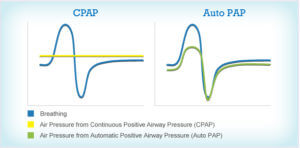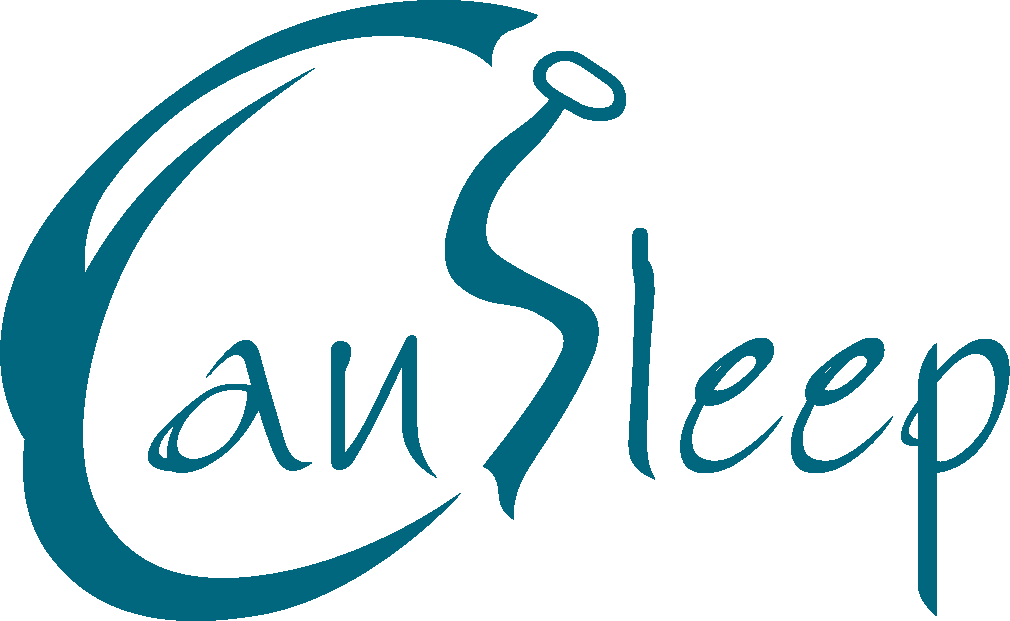Auto CPAP vs. Straight CPAP
Nov. 9, 2016
CPAP uses air pressure (not flow) to keep the airway open and control sleep apnea. The CPAP pressure is delivered either as automatic positive pressure or fixed (straight) pressure. Let’s discover what is the difference between
straight and auto CPAP therapies.
An automatic positive airway pressure device (APAP, AutoPAP, AutoCPAP) is set at a variable pressure and adjusts the pressure based on the patient’s needs using an internal algorithm. The pressure is monitored and adjusted automatically breath to breath, measuring the resistance in the patient’s breathing, to treat the obstruction in the airway. Straight CPAP on the other hand uses constant pressure throughout the night, regardless of whether you’re experiencing an apnea or not.
Many patients have positional apnea, meaning in the supine position (sleeping on back), their apnea may be worse than if they were non-supine. Due to paralysis of muscles (including tongue) during REM sleep, apnea may be worse in supine position. Other causes of sleep variability may be alcohol intake, sedating medication, weight changes, congestion and testosterone replacement therapy. Each of these circumstances can worsen sleep apnea leading to an increase in pressure requirements. AutoCPAP can accommodate for these changes and adjust during the night without disturbing the patient, yet controlling their sleep apnea. It is also reported that patients experience less arousal (getting to shallower stages of sleep) with AutoCPAP therapy. Many also report an improvement or resolution in aerophagia (swallowing of air), as seen more with higher pressures.
On the other hand, many people notice fewer mask leaks and therefore less dryness in the morning using straight CPAP therapy. In AutoCPAP when there is mask leak the pressure may falsely augment, therefore increasing leak, and again increasing the pressure. This vicious cycle may continue throughout the night, causing the patient discomfort. Alsa with AutoCPAP, if the minimum pressure is too low, the patient must experience apnea before the pressure will increase to a therapeutic setting. This may make therapy less tolerable and patients may complain of feelings of suffocation. Some patients also have issues tolerating the higher pressures, even if that pressure is warranted. Some feel the algorithms of auto CPAP are too sensitive and therefore the pressure continues to increase during sleep and Causes discomfort. Therefore these patients find straight CPAP more comfortable than AutoCPAP. Talk to your clinician at Cansleep to find out which CPAP therapy is more suitable for you.
by Bahareh Ezzati (BSc, CPhT, RRT)






